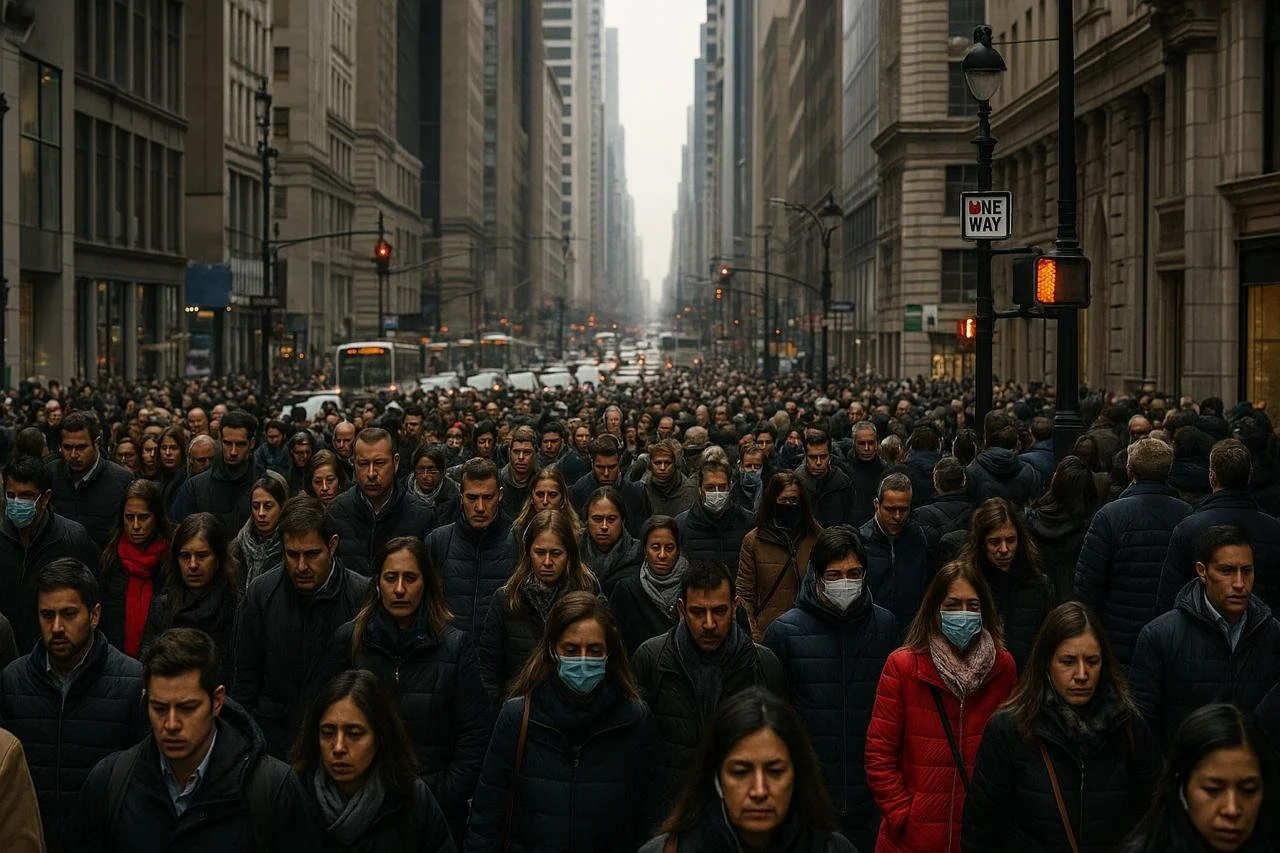What Are the Most Overcrowded Cities to Avoid in 2025?
Overcrowding is a growing issue in many global cities, affecting infrastructure, livability, and day-to-day comfort. In 2025, several cities continue to struggle with high population density, resulting in traffic congestion, housing shortages, strained public services, and environmental stress. This guide highlights the most overcrowded cities to avoid in 2025—helping you make smarter decisions if you're planning to relocate or seeking a better quality of life.
Understanding Overcrowding and Its Effects
Overcrowding occurs when a city's population exceeds the capacity of its infrastructure and resources. Common consequences include:
Traffic congestion and long commutes
High housing costs and limited availability
Overburdened healthcare, education, and public services
Pollution, poor air quality, and reduced green spaces
Increased stress and lower quality of life
The Most Overcrowded Cities in 2025
Based on current population density data and urban research, here are the cities facing the greatest overcrowding challenges this year:
1. Manila, Philippines
Manila remains one of the most densely populated cities in the world. Overcrowding leads to severe traffic, pollution, limited access to clean water, and poor sanitation. The city’s infrastructure continues to struggle under the pressure of rapid population growth.
2. Dhaka, Bangladesh
With over 22 million residents in its metro area, Dhaka suffers from extreme congestion, insufficient housing, and high levels of pollution. Many residents live in informal settlements lacking basic services.
3. Mumbai, India
Mumbai ranks among the most crowded cities globally. Its high housing demand and limited land drive up costs and force many into cramped living conditions. Infrastructure lags behind population growth, resulting in frequent traffic jams and utility strain.
4. New York City, USA
Home to over 20 million in its metropolitan area, NYC faces overcrowding in boroughs like Manhattan and Brooklyn. The result is soaring housing costs, packed subways, and limited public space.
5. Los Angeles, USA
Los Angeles suffers from urban sprawl, intense car dependency, and mounting traffic congestion. Housing affordability continues to decline, while public infrastructure struggles to meet growing demands.
6. Cairo, Egypt
Cairo’s rapid population growth and urban sprawl have overwhelmed the city’s infrastructure. Overcrowding contributes to poor air quality, traffic chaos, and housing shortages.
7. Paris, France
Paris, especially its central arrondissements, experiences high density, expensive housing, and crowded public spaces—especially during peak tourist seasons.
8. San Francisco, USA
Fueled by the tech boom, San Francisco has seen significant population growth. The result is a critical housing shortage, traffic bottlenecks, and escalating cost of living.
9. Miami, USA
Miami’s rising popularity and limited land space have created congestion and inflated housing prices in some neighborhoods, putting pressure on local infrastructure.
10. Jakarta, Indonesia
Jakarta faces severe overcrowding, frequent flooding, and infrastructure strain. Many neighborhoods are vulnerable to environmental hazards, with poor waste management and traffic as ongoing challenges.
Why Overcrowding Persists
Several key factors contribute to persistent overcrowding in these cities:
Economic opportunities that attract large numbers of migrants.
Limited land availability, which hinders urban expansion.
Housing shortages that drive up costs and reduce access.
Inadequate urban planning and outdated infrastructure.
Population growth through both birth rates and migration.
Consider These Alternatives
If you're looking to escape the stress of overcrowded cities, consider relocating to less dense urban centers that offer affordability, strong infrastructure, and expanding job markets. Cities like Boise, Idaho, Raleigh, North Carolina, and Greenville, South Carolina provide a healthier balance of growth and livability.
Preparing for Your Move
Leaving a densely populated city requires smart planning. If you're moving out of places like Seattle, Essential Move Out Cleaning Seattle can help you leave your current home in great condition, easing the handover process for rentals or home sales.
Decluttering before the move will save time, money, and stress. Once you’ve settled in, maintaining a clean, organized home can boost your well-being.
Maintaining a Comfortable New Home
Services like Sparkly Maid Miami and Sparkly Maid NYC can help keep your home spotless and welcoming—especially helpful if you're juggling a busy schedule in a new city.
Overcrowding remains a critical concern in many major cities, from Manila and Dhaka to New York and Los Angeles. High population density can negatively affect everyday living and long-term health. Choosing a city with manageable density, reliable infrastructure, and quality public services can significantly improve your quality of life. Professional support from companies like Essential Move Out Cleaning Seattle and Sparkly Maid NYC Cleaning Services ensures your move is smooth, organized, and stress-free.
